Hypersonic weapons have emerged as one of the top 10 advanced military weapons, revolutionizing modern warfare with their unparalleled speed and precision. These cutting-edge systems, capable of traveling at speeds exceeding Mach 5, are reshaping defense strategies and creating new frontiers in military technology. As nations around the world race to develop and deploy these formidable weapons, hypersonic technology is rapidly becoming a key component of global military power in the 21st century.
As we advance in technology, the world’s military forces are equipped with highly powerful weaponry. These cutting-edge ammunition sets go above and beyond the norm, combining features such as artificial intelligence, smart technology, and precision-guided systems.
This article examines the top 10 military weapons in 2025, revealing the most exciting developments altering the game in worldwide security.
Table of Contents
The Top 10 Advanced Military Weapons
Let’s glimpse the armed forces’ future and the technology that influences their strategies.
1. Hypersonic weapons
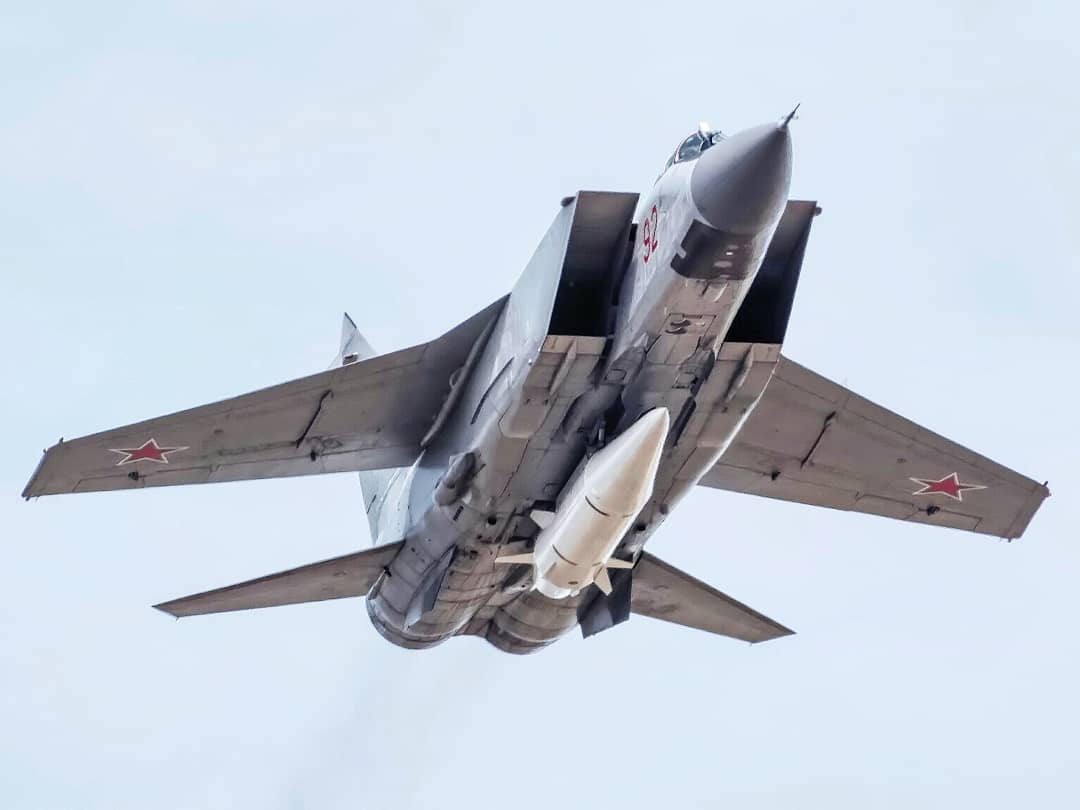
Source: Breaking Defense
Hypersonic weapons are among the most high-class, technologically advanced military weapons in the military worldwide. It is one of the most lethal.
In simple terms, hypersonic weapons are military weapons capable of travelling at very high speeds, termed “hypersonic speed.”. If the speed at which it travels is less than the hypersonic speed, it becomes a supersonic or subsonic weapon.
Hypersonic weapons can travel at speeds of at least Mach 5, that is, between 5 and 25 times the speed of sound, which is about 1.6 to 8 km/s. Hypersonic weapons are also very unique, sought-after and improved because they are engineered to be easily maneuvered and able to change course during flight.
As well, because they are almost undetectable.
Hypersonic weapons are classified into two categories:
- Hypersonic Glide Vehicles are usually launched from rockets. In hypersonic glide vehicles, after the rocket launch, the glide vehicle detaches from the rocket and usually glides at hypersonic speeds toward its target.
- Hypersonic cruise missiles that are powered by high-speed air-breathing engines.
While countries like the US, Iran, Japan, and India are still in the foundational research and development stages of building hypersonic weapons, only Russia has gone ahead of the pack, becoming the first country in the world to launch a hypersonic weapon.
In January 2023, one of the reports from the US Army was that Russia launched a series of hypersonic weapons during the Ukraine invasion.
In conclusion, hypersonic military weapons are considered the next generation of weapons armed with nuclear or conventional warheads that will be hard to detect and can travel at five times the speed of sound.
2. Nuclear Missiles

Nuclear missiles fall under the category of nuclear military weapons. Since 1938, when the Second World War began, nuclear weapons have been developed.
Since then, nuclear weapons have undergone a series of innovations and advancements. These advancements include target precision, longer range, and the ability to carry several warheads.
Nuclear missiles are classified as one of the military weapons technological marvels because they are now capable of destroying at a lethal rate through nuclear fission or fusion and also because of their improved functionalities, as mentioned earlier.
China, according to the report in the Bulletin of the Atomic Scientists, is the state with the highest number of nuclear missiles out of the nine states (United States, Russia, China, France, India, the United Kingdom, Israel, and North Korea) posing nuclear weapons. The report estimates that by 2030, China will have at least 1000 nuclear missiles and, by 2035, 1,500, making it one of the strongest among the nine states with the possession of nuclear weapons.
Nuclear missiles, most commonly identified as intercontinental ballistic missiles (ICBMs), form. They come in different forms: intermediate-range ballistic Intermediate-Range Ballistic Missiles (IRBMs), Medium-Range Ballistic Missiles, Short-Range Ballistic Missiles (SRBMs), and Tactical Ballistic Missiles.
The 10 most powerful nuclear missiles are:
- LGM-30 Minuteman US
- Ani-v
- Jericho III
- M51
- DF-42
- R36M2 Voivode
- UGM-133 Trident II
- RS-28: Sarmat Satan 2
- Tomahawk Cruise Missile
- JL-2
3. Lockheed Martin F-35 Lightning II

The Lockheed Martin F-35 Lighting II is arguably one of the best and most advanced military wonders of the 21st century. Sponsored primarily by the US government, the Lockheed Martin F-35 Lightning II is described as the world’s most lethal, enduring, survivable, and connected fighter jet by its manufacturer, the Lockheed Martin Company.
Lockheed Martin is a 5th-generation fighter aircraft. It is a single-seat fighter jet combining advanced engineering and technological capabilities, such as stealth, sensors, weapons capacity, and range. These capabilities allow pilots to operate in any environment and against any threat.
Aside from these, the Lightning II has a max speed of Mach 1.6, a weapons payload of about 17,000 lb, or approximately 8,000kg, a thrust of 40,000lb (191 kN), and a Pratt & Whitney F135-PW-100 engine.
This beast also comes in three variants: the F-35A conventional take-off and landing, the F-35B short take-off and vertical landing variant, and the F-35C carrier variant.
Since its development in 1995, the F-35 Lightning II has become the best and most advanced fighter jet in the world.
4. Modular Advanced Armed Robotic System

QinetiQ created the Modular Advanced Armed Robotic System (MAARS), an automated special military weapon.
MAARS was designed to reduce the mortality rates of soldiers on the front lines of war and handle minor military operations.
MAARS is an unmanned ground vehicle built up with non-lethal laser dazzlers, grenade launchers, machine guns, cameras, microphones, benefits, and sirens.
MAARS became an important part of military advancements because of its benefits, which include its ability to protect men in the military, its simple but lethal style of operation, and active force projection, among others.
MAARS was built incorporating the best technology, including but not limited to artificial intelligence, analytics and advanced computing, remote sensing, robotics, autonomy, processing, and data fusion, making it a safe bet for the military.
5. Nimitz-class
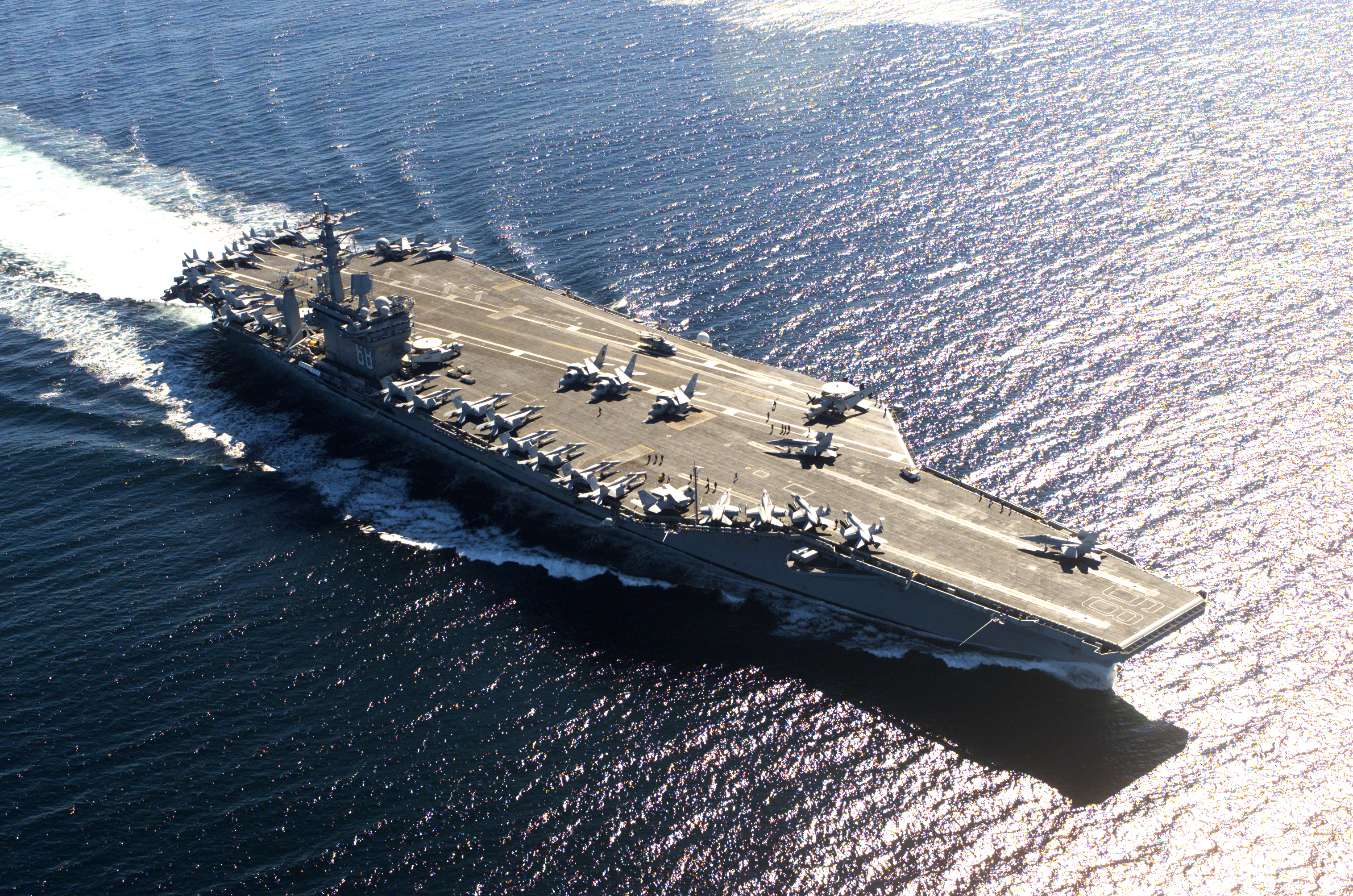
The 10 nuclear-powered Nimitz-class aircraft carriers are the largest warships the world has experienced.
The Nimitz-class aircraft carriers are designed with a major engineering exploit: their ability to be in service for several years without the use of fuel and instead using nuclear reactors. The Nimitz class uses two A4W pressurized water reactors and propellers. The nuclear reactors drive four propeller shafts.
Nimitz-class aircraft carriers have a speed of about 30 knots, have over 3,000 crew aboard, and can carry up to 60 aircraft.
In addition to its ability to hold that number of aircraft, Nimitz Class also houses short-range missiles and weaponry to protect against air warfare and terrorist activities on the sea.
The Nimitz class aircraft carriers are 10 in number. They include the following:
- USS Nimitz (CVN 68), Bremerton, WA
- USS Dwight D. Eisenhower (CVN 69), Norfolk, VA
- USS Carl Vinson (CVN 70), San Diego, CA
- USS Theodore Roosevelt (CVN 71), Norfolk, VA
- USS Abraham Lincoln (CVN 72), Newport News, VA
- USS George Washington (CVN 73), Yokosuka, Japan
- USS John C. Stennis (CVN 74), Bremerton, WA
- USS Harry S. Truman (CVN 75), Norfolk, VA
- USS Ronald Reagan (CVN 76), San Diego, CA
- USS George H.W. Bush (CVN 77), Norfolk, VA
Finally, Nimitz-class aircraft carriers are known to have a 50-year work life.
6. Hermeus Quarterhorse Military Weapon

Hypersonic aircraft are the future of aviation technology and could be a game changer in aviation travel and space travel if they pull through.
Lately, news has been going around about the US Air Force’s top secret research on its mission to break barriers in aircraft speed using subsonic, supersonic, and hypersonic methods of travel.
To make this happen, the US Air Force awarded the aviation company Hermeus $60 million to conduct research and build the first hypersonic military aircraft, the Hermeus QuarterHorse.
Since the SR-71 Blackbird’s highest speed record of Mach 3.2 for over 50 years, no other aircraft has challenged it. So, seeing the Hermeus company try to break this record is quite laudable.
The SR-71 Blackbird runs on a Pratt & Whitney J58 turbojet engine, which usually blacks out at a speed of about Mach 3. However, the Hermeus QuarterHorse is engineered to run with a turbojet and ramjet hybrid engine known as the “Chimera.”
Beating the SR-71 would require an aircraft that runs on engines that can efficiently and seamlessly transition between the turbojet, ramjet, and eventually back to the turbojet, and Hermeus has already won this intricate part of aviation engineering, making it progress for the success of hypersonic aircraft.
The Quarterhorse is scheduled to fly sometime later this year. If a breakthrough is made with the Hermeus Quarterhorse, it will catalyze the process of the US Air Force’s Project Mayhem (a hypersonic bomber) shortly, as well as economic space travel.
7. The Type 83 Destroyer
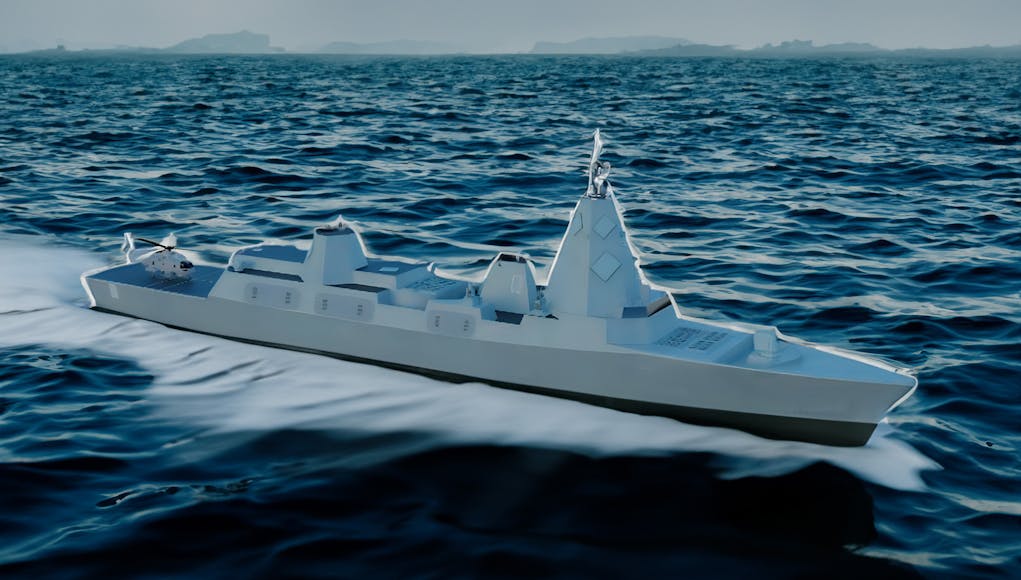
The Type 83 Destroyer is one of the plans of the Royal Navy and the British Ministry of Defence (MoD) to build a solid future air dominance system.
It was first unveiled in March 2021 and built to be the strongest warship the world has ever seen. The MoD has described the Type 83 as one with futuristic capabilities that will qualify it as the naval counterpart of fifth- and sixth-generation aircraft.
The Royal Navy says the Type 83 destroyer will replace the existing Type 45 warship, possessing properties that point towards a network-centric naval strategy robustly dependent on sensors.
Type 83, as described by the UK Minister of Defense, will extensively use automation, traditional missile systems, Directed Energy Weapons, and advanced radar sensing capabilities.
8. Knyaz Pozharsky
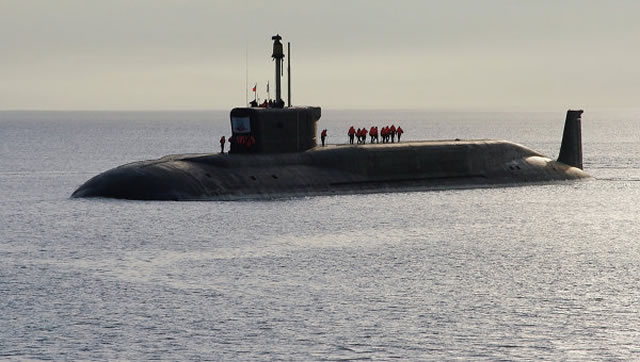
The Knyaz Pozharsky, named after Dmitry Pozharsky, is a Borei-class nuclear-powered ballistic missile submarine.
According to a report from the Russian News Agency, the 955 variant, which started construction in December 2016, was launched on January 10, 2024, as a part of the Russian Northern Fleet.
It is estimated that the Knyaz Pozharsky Borei-II class will be able to carry about 20 Bulava Intercontinental Ballistic Missiles (ICBMs). This means that this submarine will be able to launch about 96–200 warheads.
In addition, the Knyaz Bulava ballistic missile can move at a range of over 8,500 kilometers, and its specific design allows it to evade Western ballistic missile defense.
9. XM7 Rifle

The XM7 rifle is a variant of the U.S. Army SIG MCX Spear variant. The XM7, designed by SIG for the Next Generation Squad Weapon Program, runs on a 6.8mm gas-operated magazine.
The XM7 rifle has a lightweight weight of 8.38lb (3.8kg) and a weight of 9.84 lb when a suppressor is attached.
SIG Sauer specially designs the new 6.8mm ammunition that the XM7 uses for the U.S. Army. It has a longer bullet range and a high penetration power, which allows it to kill enemies at close range and do deadly damage when in contact with them.
In a test, the 6.8 mm bullet loaded in the XM7 magazine was noted to have destroyed the target cylinders used, unlike the 5.56 NATO bullet that was unable to pass through the cylinder. This shows how suitable this is to penetrate modern ammunition ballistic protection.
Additionally, the XM7 comes with a Vortex Optic Sighting System that improves intelligent computer-assisted aiming optics and automatic adjustment for range and bullet drop.
10. General Atomics Mojave
The Mojave by General Atomics Aeronautical is a medium-altitude, long-endurance, remotely piloted aircraft upgraded from the General Atomics Aeronautical “Gray Eagle.”.
One of the best technological advancements the Mojave boasts is its short takeoff and landing ability. The Mojave was built to be a medium-altitude aircraft suitable for attack, rescue missions, armed overwatch, and reconnaissance missions.
The General Atomics Mojave provides a futuristic upgrade to military operations, revolutionizing the need for takeoff runways or infrastructure. Mojave can take off from remote and rough terrain, supporting sea aircraft carrier takeoff.
Mojave has also supported land and maritime missions through additional features, like a sensor suite that includes EO/IR, Synthetic Aperture Radar/Ground Moving Target Indicator (SAR/GMTI), and Signal Intelligence (SIGINT).
Conclusion
The world of military weapons is constantly evolving as new technologies and innovations emerge to challenge the status quo. In this article, we have explored the top 10 advanced military weapons, revealing the most exciting developments altering the game in worldwide security.
From hypersonic weapons that can strike anywhere in the world in minutes to nuclear missiles that can deter any aggression, to stealth fighters that can evade detection, to robotic systems that can enhance combat capabilities, to aircraft carriers that can project power across the oceans, to hypersonic jets that can fly faster than sound, to destroyers that can defend against multiple threats, to submarines that can launch nuclear warheads, to rifles that can fire smart bullets, to drones that can perform surveillance and strike missions, these military weapons represent the cutting edge of military technology.
However, these military weapons pose significant challenges and risks, such as ethical dilemmas, arms races, proliferation, accidents, and cyberattacks. Therefore, the international community must work together to ensure that these military weapons are used responsibly and for the common good of humanity.
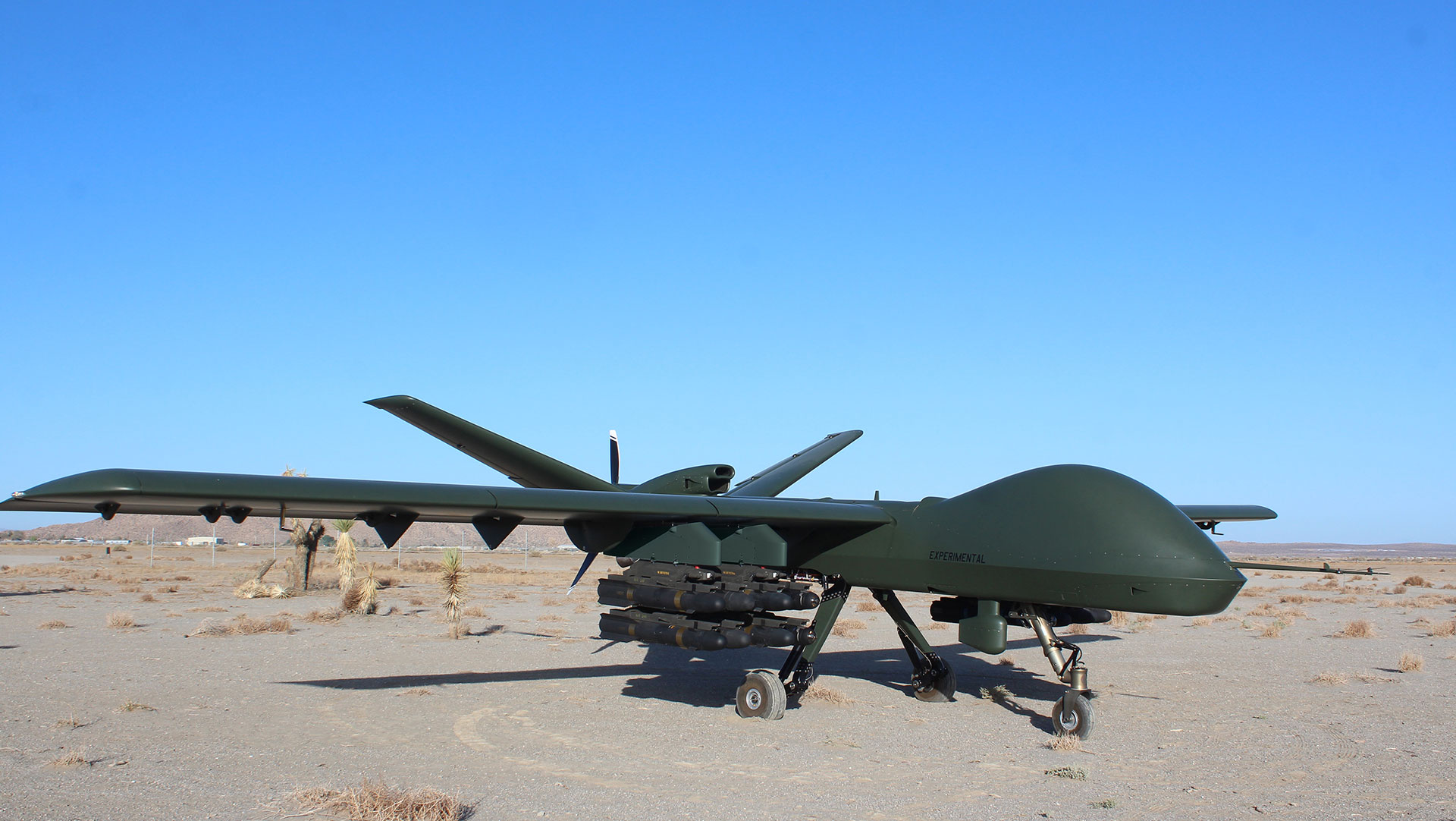



GIPHY App Key not set. Please check settings